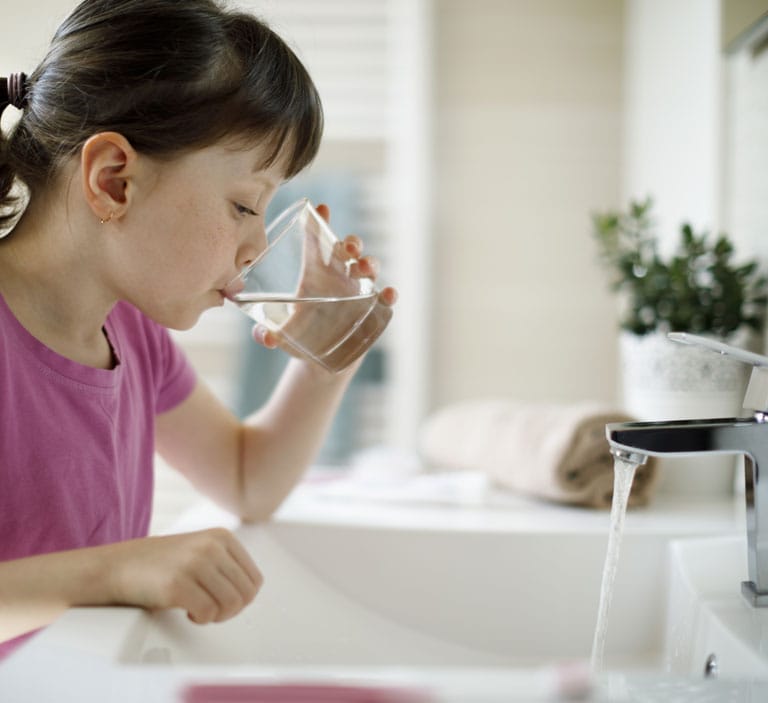Most homeowners don’t think twice about the quality of the water coming out of their sink faucets and showerheads. That’s because a majority of homeowners in the United States get their water from a public water supply facility that treats it, so it’s safe to use and consume. Still, it’s important to understand the quality of the water in your home.
What is water quality?
Put simply, it’s the condition of the water in your home. Water quality testing gives you a better idea of the chemical, physical, and biological characteristics of the water in your area.
Sadly, many of the chemicals we use every day end up in the lakes, rivers, and aquifers that feed water to our homes. From pharmaceutical materials to weed killers, cleaning products, and other contaminants, they eventually find their way to the water supply. As such, it’s essential to have your house water quality checked at least annually. However, if any of the following apply, you should get your water quality checked as soon as possible:
- Your water smells or appears cloudy or discolored. If the water coming out of your sinks, tubs, and showers appears cloudy, frothy, or discolored in any way, this can signify contaminants. Similarly, if the water has a funny odor to it, this could mean it’s contaminated.
- You have rust stains around your sinks and toilets. Rust-colored stains could mean your water has high levels of iron or other contaminants that make it unsafe to consume.
- You live in an older home. Often, older homes mean older plumbing. If your plumbing is outdated, it can cause copper and lead to leach into your drinking water.
- Your location. The water supply in your area could come with unique risks, depending on where you live. For example, if you live in an area with coal, gas, or agricultural facilities nearby, industrial chemicals could be leaching into your water.
How should you test the water quality in your home?
Contact the professionals, of course! DIY tests are available, but they often don’t have the capabilities to check for every type of contaminant. Professional testing gives you more clarity as to what’s really in your water.
The process is simple — all you have to do is collect a water sample in your home, then send it out to a testing laboratory. Knowing the types of contaminants in your water will allow you to create a game plan on fixing the issue. There are several solutions out there that can remedy your water quality issues from water conditioners to purification systems. When you understand the water quality in your home, you can prevent costly issues in the future, like leaking or burst pipes, and add years of life to the appliances in your home that use water, like dishwashers, washing machines, and even water heaters.


